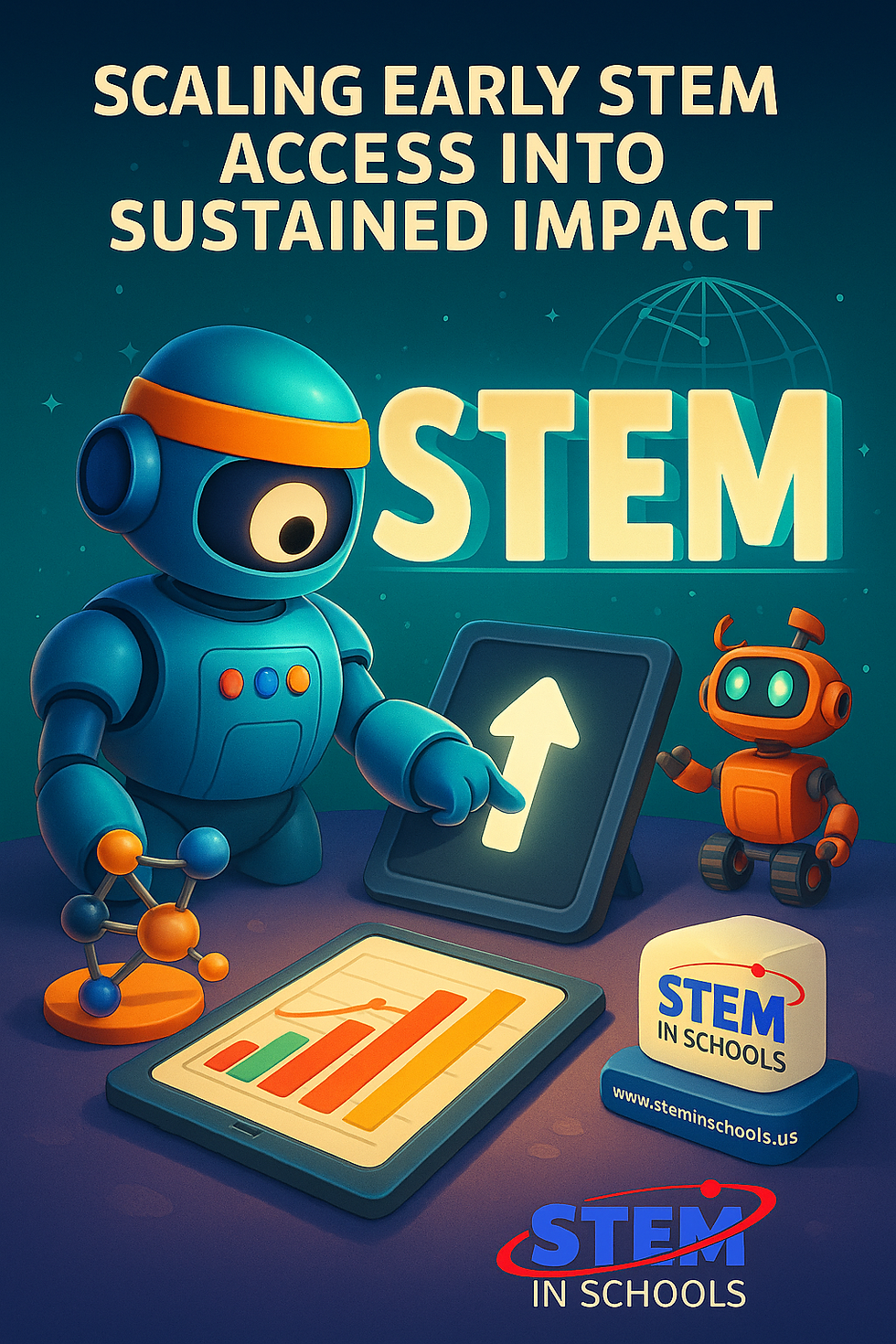Driving Tomorrow’s Innovators: What Today’s K–12 STEM Landscape Reveals
- Eduardo Galindo

- Sep 1, 2025
- 1 min read
The momentum in K–12 STEM education is unmistakable—in markets and marketplaces globally, innovation is scaling fast.
In India’s Bihar, grassroots and government efforts are reigniting scientific curiosity among youth. With 75,000+ science and math clubs, maker fairs, and research programmes, young learners are discovering the thrill of inquiry-based learning. NSF - National Science FoundationThe Times of India
Meanwhile, global markets reflect this surge: the STEM education sector is expected to more than double—from USD 60B today to USD 132B by 2030—supported by demand for critical thinking, innovation, and future-ready skillsets. Market.us+3Grand View Research+3eSchool News+3
Even more striking, the value of robotic toolkits in K–12 is on track to quintuple by 2034—with a remarkable 17.5% CAGR—underscoring the power of hands-on coding and robotics in classrooms. Market.us Scoop
These developments signal both momentum and opportunity: let’s harness this growth by keeping STEM accessible, equitable, and context‑rich. Whether through enriched infrastructure, teacher capacity building, or thoughtful curriculum design, our collective aim should be a resilient STEM pipeline that reaches all students. Together, we can turn data into deliberate action.


.png)


Comments